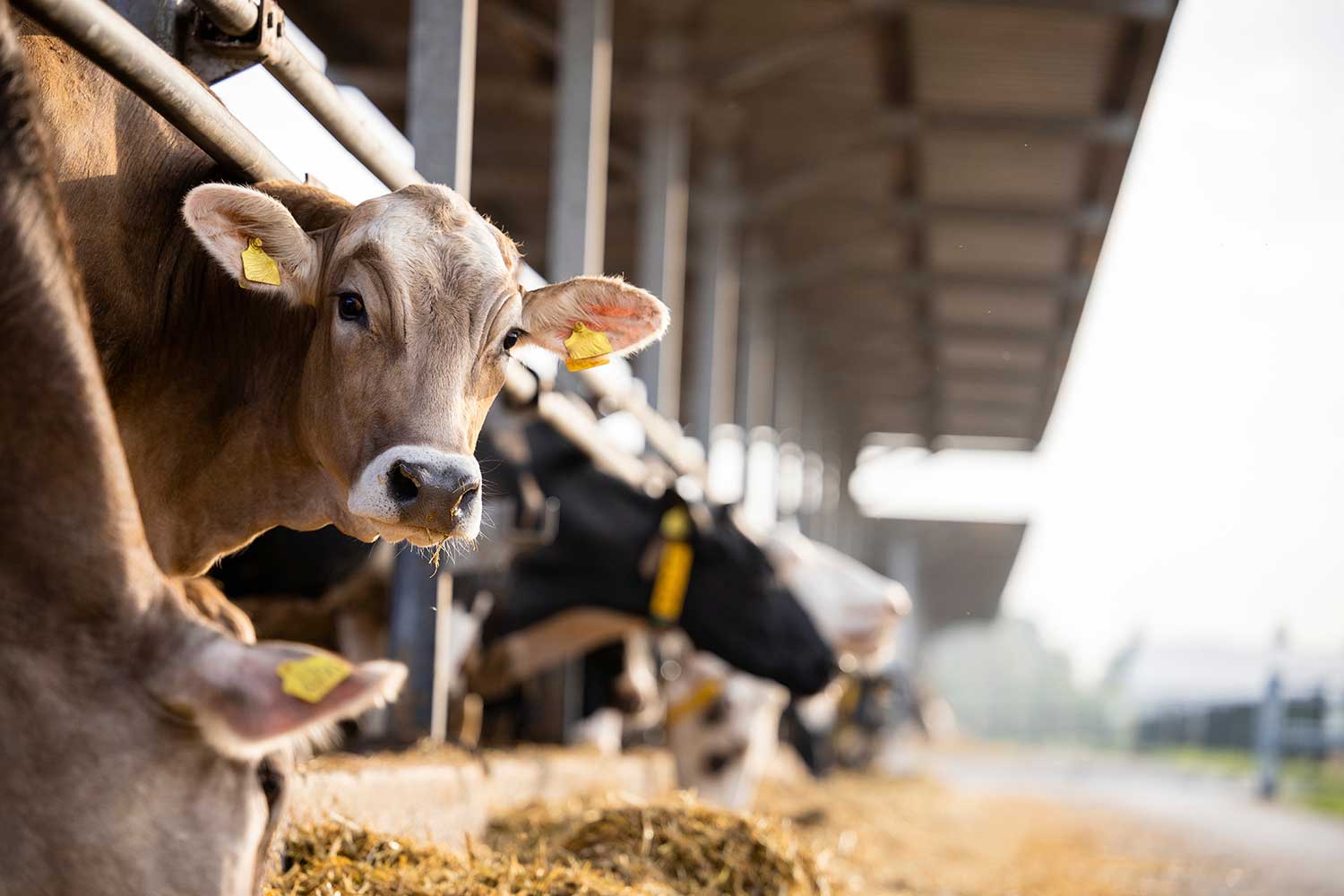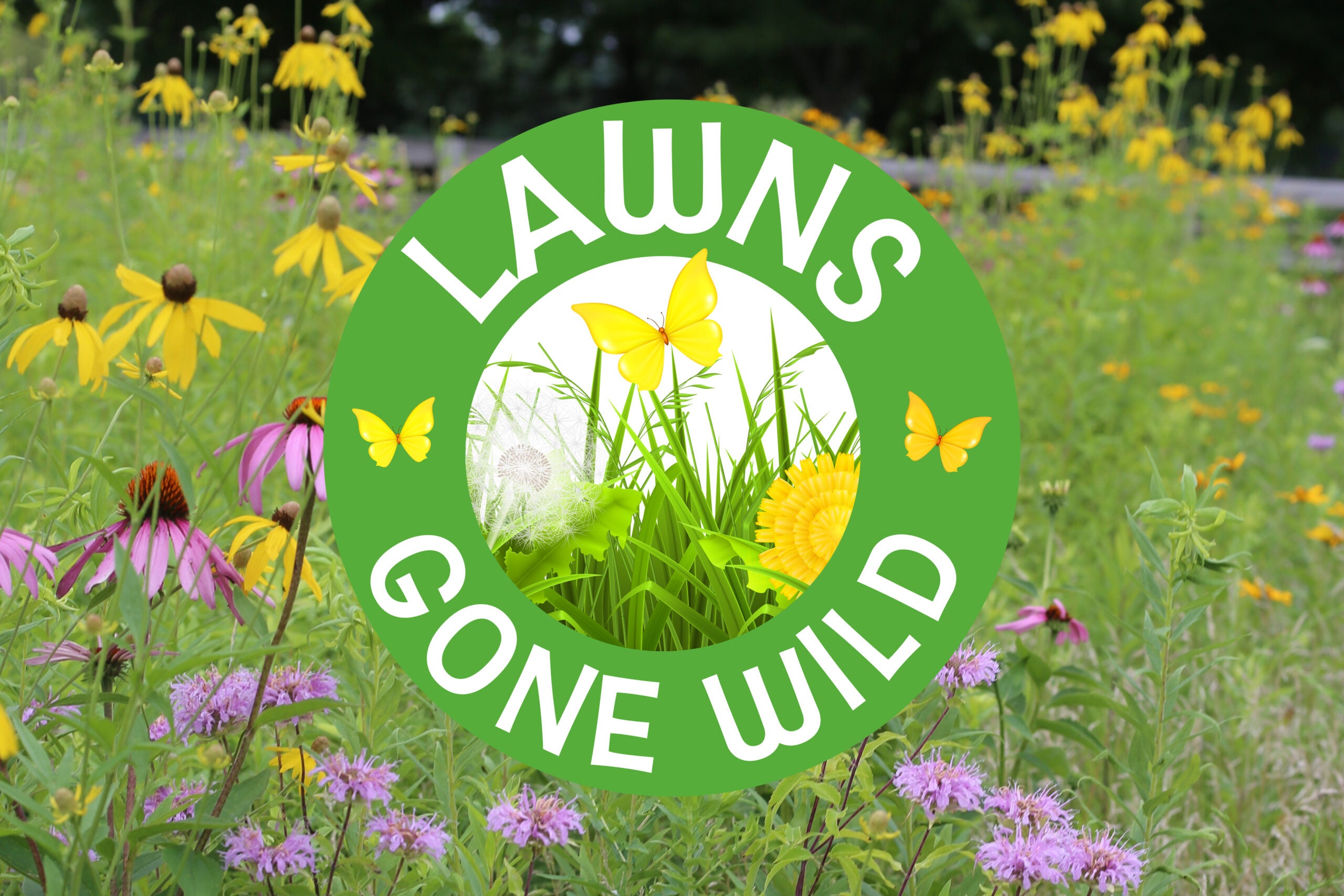Hi team, and welcome back to one5c! I’ll freely admit some weeks it’s harder than others to keep my chin up. Last week was one of those weeks. Amidst catastrophic flooding in Brazil and extreme weather in the central U.S., we also learned that 2024 is tracking to set more heat records and that modelers are saying the world will blow past the 1.5-degree threshold for fending off the worst effects of human-caused climate change.
What I have to do in these moments is remind myself progress is real and happening. At the turn of the 21st century we were blazing toward 5.8 degrees of warming by the end of the century, but have since cut that number by around half. There’s still work to be done. That’s why we’re all here holding big oil to the fire, planting native meadows, and ditching beef, right? —Corinne
WHAT WE’RE INTO THIS WEEK
By Corinne Iozzio

Greenwatch
Where’s the ‘green’ beef? Nowhere.
The livestock industry has found plenty of tactics to keep folks chowing down on meat and dairy. Last week surfaced two of its greatest hits. First, somewhat surprisingly, is the appearance of butter boards on social media feeds and restaurant menus, a phenomenon that Grist traced back to the U.S. dairy lobby and that has noncoincidental similarities to the classic Got Milk? ads. Second, and more disturbingly, is the label “climate friendly,” which the USDA (!) allowed Tyson to emblazon on its Brazen Beef brand in 2022. The rubs, reports Inside Climate News: There’s no data to prove the claims, despite long-standing requests from watchdogs, and experts say the tag is as incongruous as “putting a cancer-free label on a cigarette.”
Good read
Where we’re going, do we need more roads?
When a city grows, the same tension always seems to follow. Should development focus on building out dense, walkable urban cores filled with public transit or adding more lanes to highways to ease congestion? Thing is, writes Joseph Lawler for The New Atlantis, that may be a false choice. No one’s necessarily opposed to roaming a walkable city paradise, and everyone hates sitting in traffic. Still, history has shown that adding more lanes won’t fix congestion—a concept called “induced demand.” Lawler explores what navigating that tension means for the relationship between cities and highways, particularly a proposed expansion of the I-35 corridor in Austin, Texas.
Study guide
Healthy planet, healthy people
Is human-caused climate change making us sick? A massive new meta-analysis of close to 1,000 studies in the journal Nature says the answer is a big ol’ “yes.” The authors found that four “change drivers” (biodiversity loss, climate change, chemical pollution, and non-native species) are spurring increased outbreaks of infectious diseases—yup, including “zoonotic” bugs like COVID-19 that jump from animals to humans. This is all part and parcel with a relatively new interdisciplinary field called planetary health that’s based around a simple idea: To have healthy people, you need a healthy planet.
Cause for optimism
Sending fossil fuel companies a bill for climate damage
Vermont is on a path to become the first state in the union to force fossil fuel companies to pay for the impacts their industry hath wrought. The legislature voted resoundingly in favor of a law that would require companies to pay the state back for what it spends dealing with the effects of the climate crisis, like, for example, the $1 billion flooding in 2023 cost the state. Based on the federal superfund program, through which the EPA compels polluters to clean up their own messes, similar measures are on the table in California, Maryland, Massachusetts, and New York.
MIC-DROP CLIMATE STAT
41%
The portion of private flights that are “empty legs,” meaning a jet was chartered to go to a destination but not to take any passengers on its return trip. Here’s what economy-class fliers can do to bring more accountability to this highly polluting habit.
LAWNS GONE WILD
Care and keeping of a fresh wildflower meadow
By Leslie Horn Peterson

Welcome to the final installment of Lawns Gone Wild, one5c’s step-by-step guide to rewilding your lawn. (If you want to review the entire 8-week process, head right this way.)
The hard stuff is over: You’ve killed your grass, sourced your seeds, and planted them. Now you just have to care for your little plot of earth, which leads us to one of the best things about your burgeoning meadow: Aside from the added biodiversity, which University of Minnesota Forestry Extension educator Angie Guptas says can help prepare your yard for a changing climate, is that it’s beautifully low maintenance. Unlike the non-native grass it replaced, native plants don’t require much moisture in addition to rainfall.
For the first couple weeks after you’ve seeded or planted, water daily. Guidance on rewetting the ground can differ based on your region and planting zone, but ecologist Doug Tallamy says if you’ve done this process at the right time of year (and unless there’s a drought), you can pretty much leave things to nature. You also don’t have to mow, but if you want to keep trees from horning in on your meadow, give it a trim once a year in the spring—but no more than that.
Yep, it’s that easy. If you planted from seed, remember that it could take a few years until you have the lush meadow of your native plant dreams. If you planted plugs, pollinators will show up much sooner, especially if your flora is flowering.
Remember again to practice patience—and keep your bigger goals in mind. Rewilding is a spectrum, University of Montana professor of environmental philosophy Christopher Preston says. On one end, people are trying to bring back woolly mammoths and other extinct creatures. On the other (dare we say more practical) end, there’s restoring the natural landscape in your own backyard to create a resilient, self-sustaining ecosystem.
